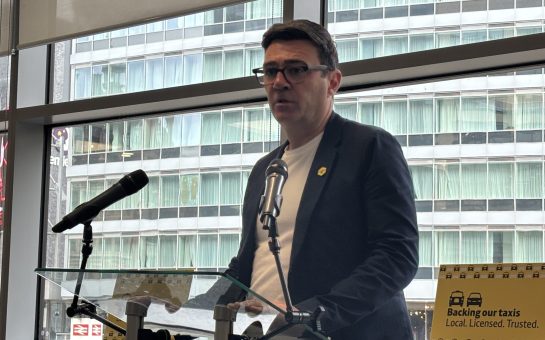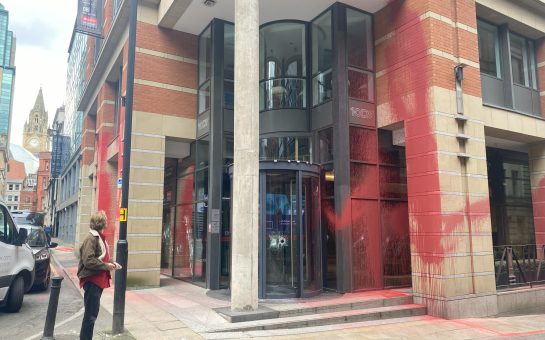There is plenty more work to be done for electric vehicles to have an impact on climate change, despite use of them surging across Greater Manchester, Friends of the Earth have said.
Charging sessions for electric vehicles across Greater Manchester increased to 28,744 in 2015, almost three times the 2014 amount of 10,174, whilst figures for December 2015 were at 3,411, almost twice of December 2014 at 1,732.
Collectively, those sessions drew more than 250,000kWh of power, enough to travel 880,000 miles, or equivalent to driving around the circumference of the Earth more than 35 times.
However, Pete Abel, Media Officer at Friends of the Earth Manchester, told MM that the fact that use of electric vehicles is still less than 1% of overall vehicle usage was proof that there was much room for improvement.
“Currently, there are only around 1000 users registered with the Greater Manchester Electric Vehicle scheme,” he said.
“That is a small fraction (less than 1%), of the 1.2 million cars and vans available to Greater Manchester households.
“So we still have a long way to go for electric vehicles to make any substantial impact on climate emissions in Greater Manchester.
“Electric vehicles can help reduce carbon emissions [CO2] and other pollutants such as nitrogen dioxide [NO2] and particulates.
“Even if the vehicles are charged from grid electricity the CO2 emissions will still be less than from existing diesel or petrol cars.”
Despite the reduction in carbon emissions through electric vehicle use, their advice at Friends of the Earth Manchester remains, for people to choose to walk, cycle or use public transport for the typical short journeys of less than 3 miles.
This comes after Dave Newton, Transport for Greater Manchester’s Transport Strategy Director (TfGM), heralded the city’s progress.
“It’s great to see that the Greater Manchester Electric Vehicle [GMEV] scheme is growing ever more successful, with charging sessions almost trebling and registrations surging over the past year,” he said.
“There are so many benefits to using electric or hybrid vehicles in cities and towns.
“These low emission vehicles are cleaner and quieter than ordinary cars, improving air quality, reducing noise pollution and lowering carbon emissions.
“Crucially, electric vehicles are also cheaper to run, so they can be a great option for commuters and for business vehicle fleets.
“That’s why we’ll continue to work with the Government and with industry to ensure that Greater Manchester has a strong electric vehicle infrastructure.”
The £2.1m GMEV scheme was launched in 2013, and is funded by the Office of Low Emission Vehicles (OLEV) and local funding streams, and led by TfGM.
Private sector partners of the scheme who provide their own charging points include NCP, Manchester Central, Manchester Metropolitan University, Salford University and intu Trafford Centre.
The Trafford Centre was the most-used charge point over the last 12 months producing over 21,000 kWh from over 2,700 charging sessions.
The John Dalton Building at Manchester Metropolitan University produced 18,000 kWh over 1,700 sessions and the multi storey car park at MediaCityUK produced 12,000 kWh over 1,200 sessions both completing the top-three most-used charge points.
The GMEV network is operated by Charge Your Car, who have produced the Charge Your Car app which is the first of its kind in the world allowing drivers to find and use charge points.
Image courtesy of Frank Hebbert, via Flickr, with thanks



